Weekly Index
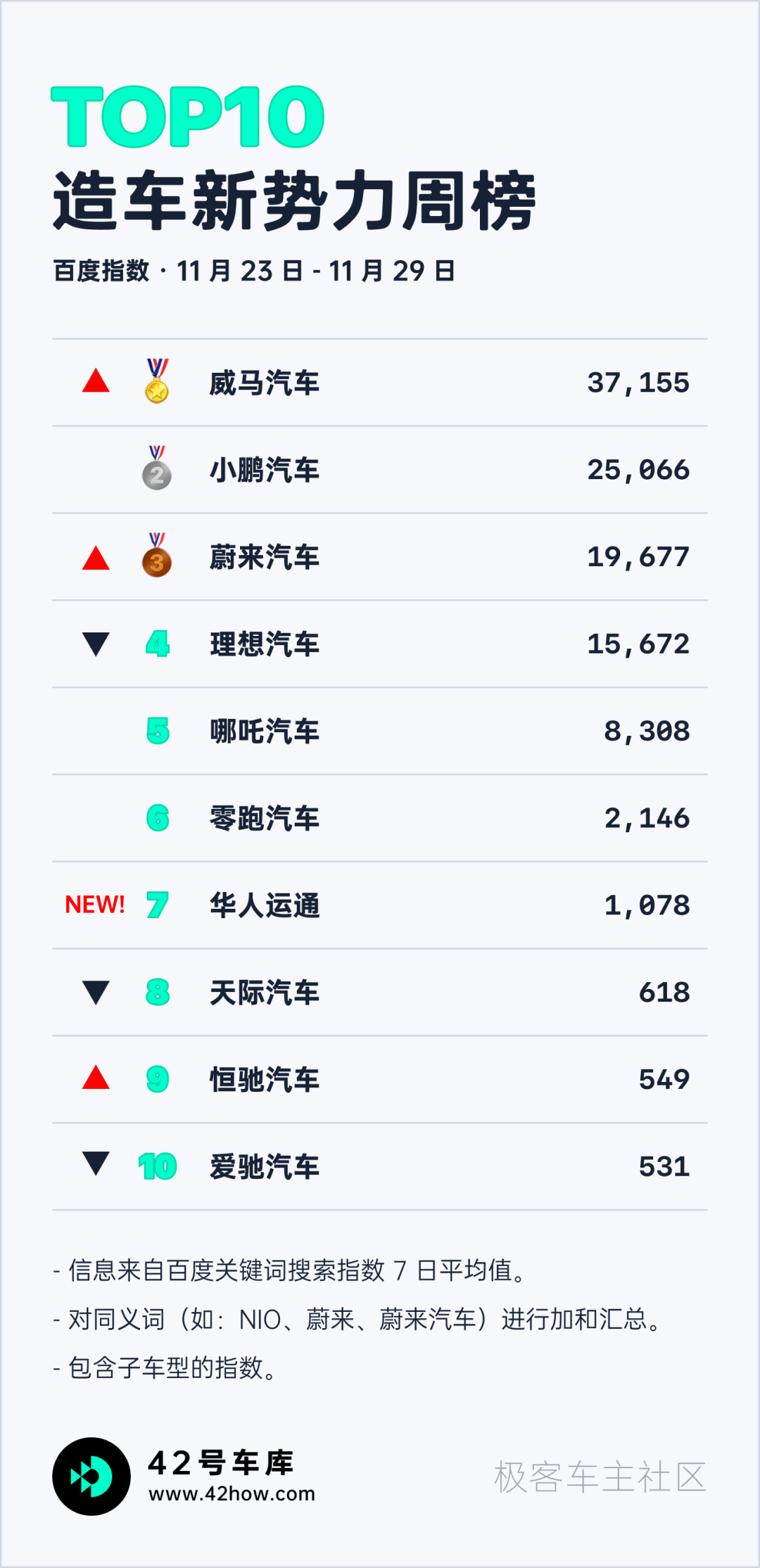

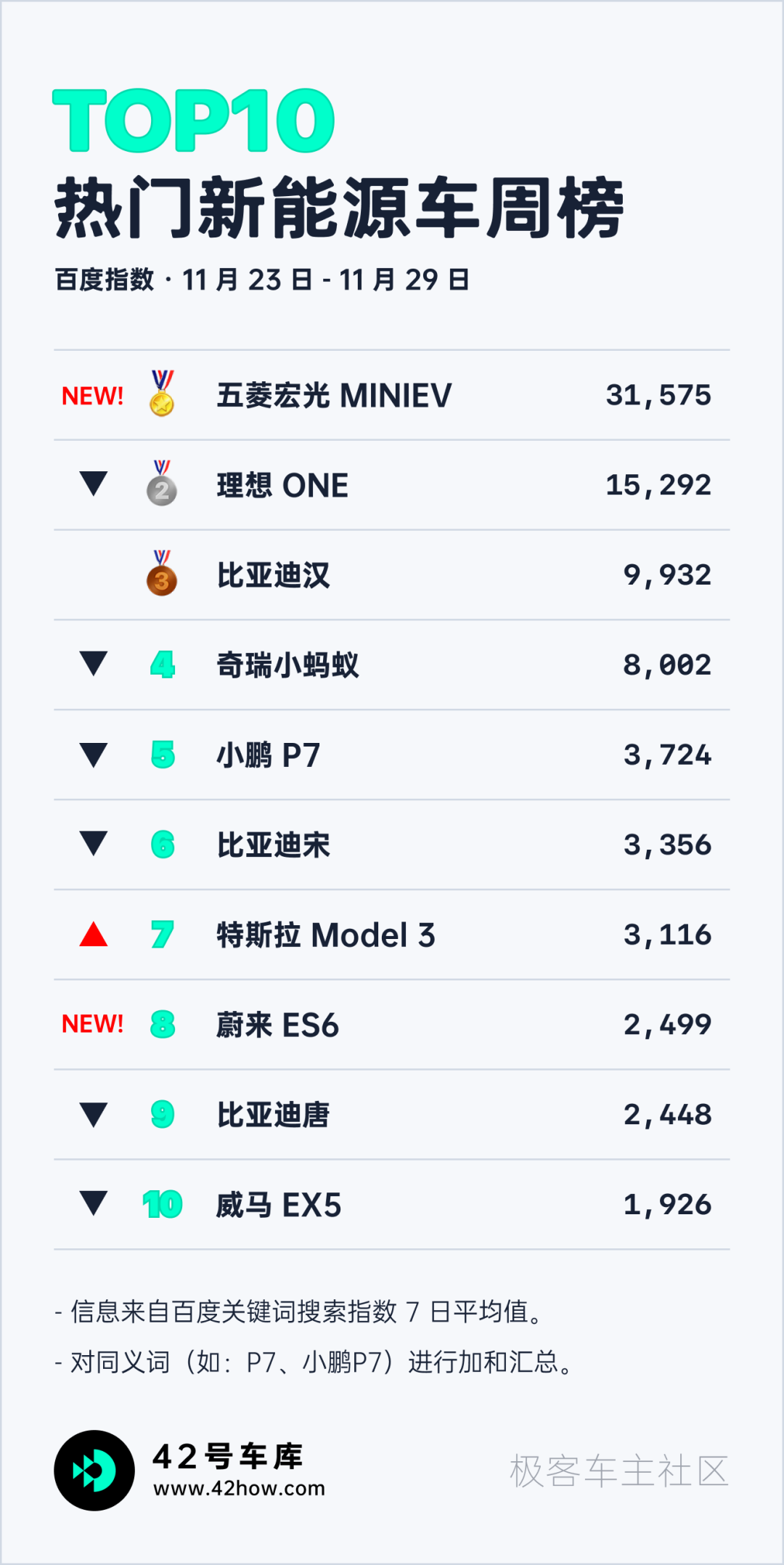
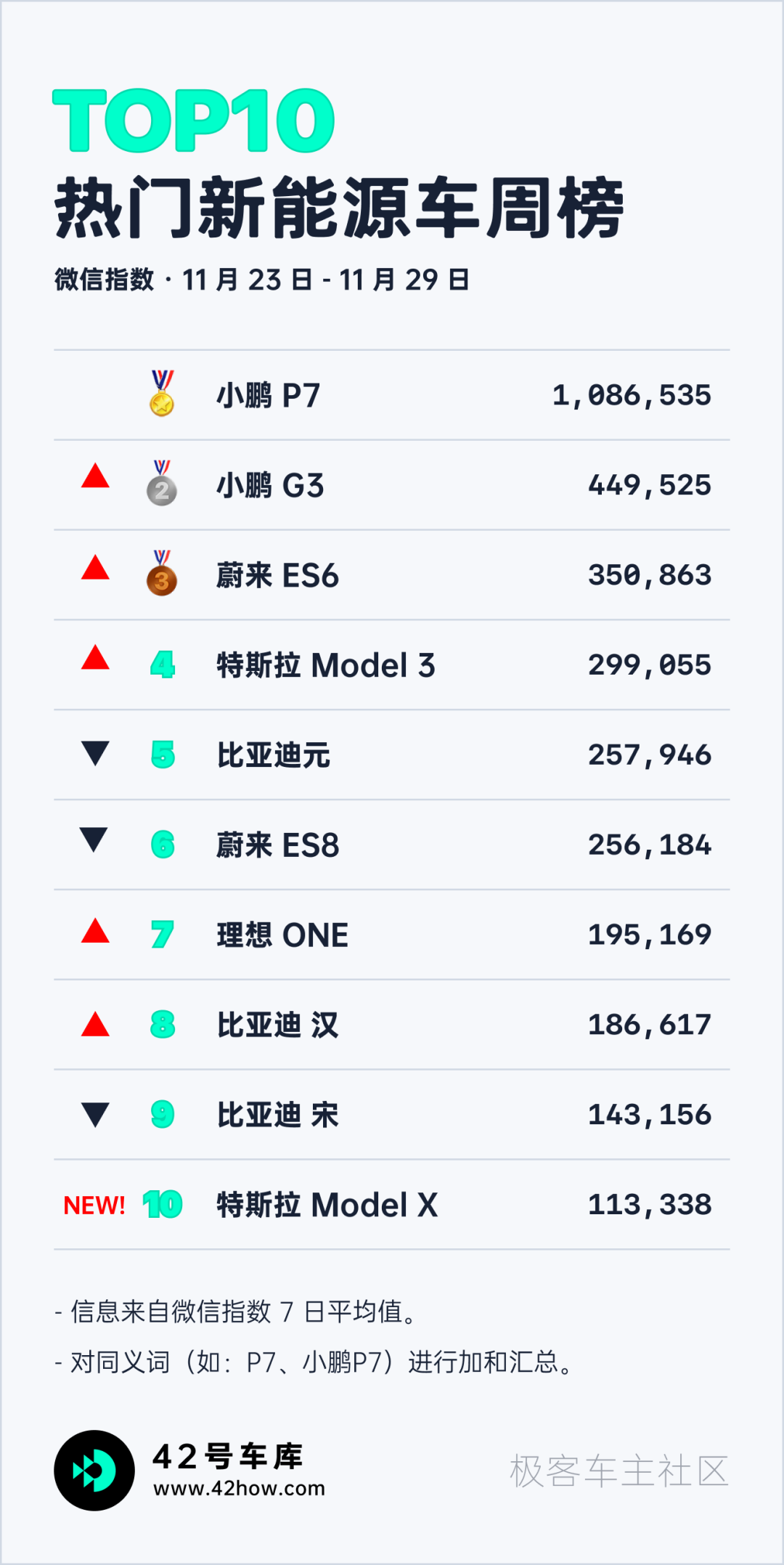
Weekly News
Tesla Model Y on the List of Tax-Exempted Cars, with a Range of 594 km under Working Conditions
Today, the Ministry of Industry and Information Technology (MIIT) released the 12th list of tax-exempted cars in 2020, and the domestically-produced Tesla Model Y was listed.

From the information released in the list, we can learn that the Model Y listed is the Long Endurance All-Wheel Drive (AWD) version.
- Battery capacity: 77 kWh
- Energy density of the battery: 161 Wh/kg
- Kerb mass: 1997 kg
- Range under working conditions: 594 km
- Max power of front AC asynchronous motor: 137 kW
- Max power of rear permanent magnet synchronous motor: 180 kW
Impression:
Interestingly, Tesla chose to prioritize the domestically produced Long Endurance AWD Model Y this time. Apart from creating a certain price difference with the existing Model 3, this move also means that NIO EC6, with the same positioning, and Tesla Model Y will compete directly in 2021.
Currently, the NIO EC6 with a 100 kWh battery has a range of 615 km under New European Driving Cycle (NEDC), slightly higher than Model Y’s 594 km, but the EPA range of the Long Endurance AWD Model Y sold on the official website in the United States is 326 miles, equivalent to about 521.6 km. From the parameters, the difference between EPA range and working conditions range of Model Y is not much, and it is foreseeable that the working conditions range of Model Y will not be too fictional. Therefore, we are looking forward to the actual results after testing.
For Model Y, the price remains the biggest mystery.
SAIC Group Launches Pure Electric Vehicle Project “ZhiJi Auto”On November 26, SAIC Motor Corporation Limited announced the official launch of their high-end smart pure electric vehicle project, “Zhi Ji Auto”, in partnership with the Shanghai Pudong New Area government and Alibaba Group, which will be located at the Zhangjiang Intelligent Industrial Park in Pudong New Area. This project is also the first automotive science and technology company that has reached the level of billions of dollars in its founding round in China.
“Zhi Ji” is derived from “The Book of Changes”, meaning wisdom that encompasses all things. “Zhi Ji Auto” implies the creation of a new era of intelligent travel in which people and cars live in harmony. According to SAIC, “Zhi Ji Auto” will take advantage of the world-class high-tech industrial cluster ecosystem and core technology resources of AI, chips, etc. in the Zhangjiang High-Tech Park, as well as the collaborative advantages of user big data, the latest technologies from Dharma Institute, Aliyun, and the ecosystem of Internet giant Alibaba, to seize the first-mover advantage in the global intelligent automobile field.
Commentary:
Alibaba, SAIC, and the Pudong government are working together to incubate a brand-new electric vehicle brand. The three partners have clearly defined responsibilities, with SAIC mainly providing financial, technical, and supply chain support; Zhangjiang High-Tech Park providing core technology resources such as AI and chips, and Alibaba providing support in areas such as user big data and intelligent ecosystems. Behind this strong alliance, it remains to be seen how “Zhi Ji Auto” can truly put the user at the center of its operating model.
Tesla will expand the distribution of its Full Self-Driving (FSD) beta version in the next two weeks, according to a report by Electrek.

Last month, Tesla started offering the FSD beta version to a small group of owners for testing. FSD can perform automated steering in urban road conditions and is linked to Tesla’s automatic driving navigation function. This version of FSD could provide almost full autonomous driving capabilities, but owners still need to monitor driving and be prepared to intervene manually at any time.
Tesla CEO Elon Musk has stated that FSD will be further expanded before the end of this year. In addition to the US market, the FSD beta version will also be tested and distributed in Canada and Norway.
Commentary:
There is no denying that Tesla’s FSD beta version, which transitioned from closed roads to open roads, has put Tesla at the forefront of autonomous driving development compared to other manufacturers. As Musk’s boasting gradually turns into reality, I also look forward to the day when the FSD beta with full self-driving abilities can be used in China.### Pure Electric and Range-Extended, the First SUV of Lion Electric Pre-production is Offline
On November 25th, the first mid-sized SUV of Lion Electric pre-production has been offline, which will provide two power modes of pure electric and range-extended electric and will be launched in December, and is expected to be listed in the third quarter of 2021.
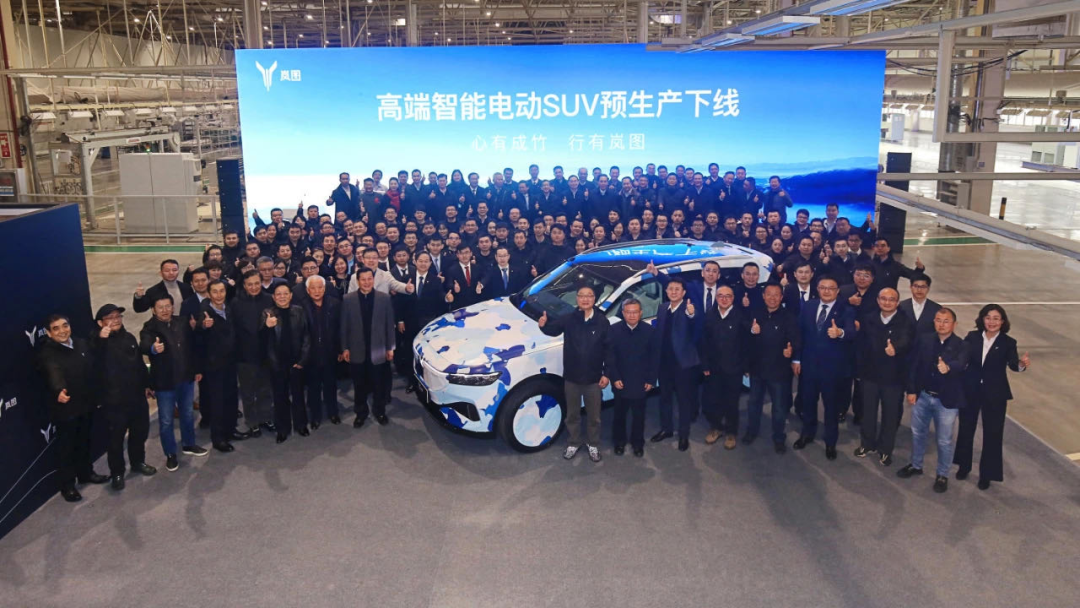
The following are the information currently known about the new car:
-
The official claimed that the new car uses A-pillars with TRB+Patch composite structure and the highest strength aluminum-silicon coated door crash beam in the industry, of which the proportion of high-strength steel in the entire vehicle is 75%, and the proportion of 1500 MPa and above hot forming reached 31%;
-
The new car provides front double wishbone + rear multilink independent suspension and air suspension configuration, and the range-extended electric car is equipped with a 1.5T four-cylinder engine and a generator with a rated power of 60 kW.
Comment:
As a new car manufacturing company that has just been established for more than two years, the speed of Lion Electric can be described as fast. However, as a newcomer in the new energy intelligent automobile market, Lion Electric still has a long way to go. After seeing the outline of the new car, I cannot help but look forward to the performance of Lion Electric’s first mass-produced car product.
Tesla Facing a New Round of NHTSA Review Due to Safety Hazards in Front and Rear Suspension
According to Electrek, Tesla recently faced a new round of review from the NHTSA (National Highway Traffic Safety Administration) in the United States, involving the front and rear suspension issues of Model X and Model S produced between 2015 and 2017. The investigation began with Tesla’s recall in the Chinese market.
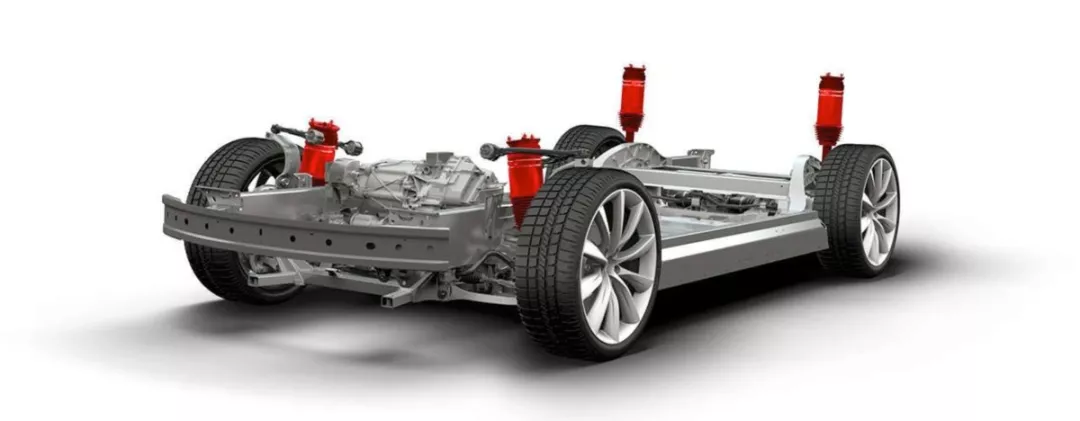
At the beginning of this month, due to the possibility of suspension fracture when the vehicle is impacted, which affects vehicle control and causes safety accidents, Tesla recalled nearly 30,000 Model S and Model X in the Chinese market. However, Tesla stated that there was no hidden danger in the vehicles and no recall was needed.
Tesla claimed that the front and rear suspension of these Model S and Model X vehicles in the Chinese market is the same as that of vehicles produced in the United States. In the Chinese market, the failure rate of suspension quality problems is 0.1%, while that in other global markets is 0.05%. Tesla believes that the higher failure rate in the Chinese market is due to the excessive use of car owners, such as hitting roadside stones and potholes.## Translation of the given Chinese Markdown text
Currently, NHTSA is conducting a preliminary evaluation of the suspension issue possibly involving 114,761 Model S and Model X vehicles manufactured in the United States between 2015 and 2017.
Quick comment:
Although Tesla has had many recall incidents in recent years, it has not stopped the steady increase in Tesla’s sales and stock prices. While investing heavily in battery, chip, and autonomous driving research and development, we also hope that Tesla can provide more competitive products in basic automobile manufacturing.
Skoda ENYAQ iV based on Volkswagen MEB platform put into production
According to Cleantechnica, the Skoda ENYAQ IV, which shares the same DNA as Volkswagen ID.4, has been put into production in the Czech Republic.
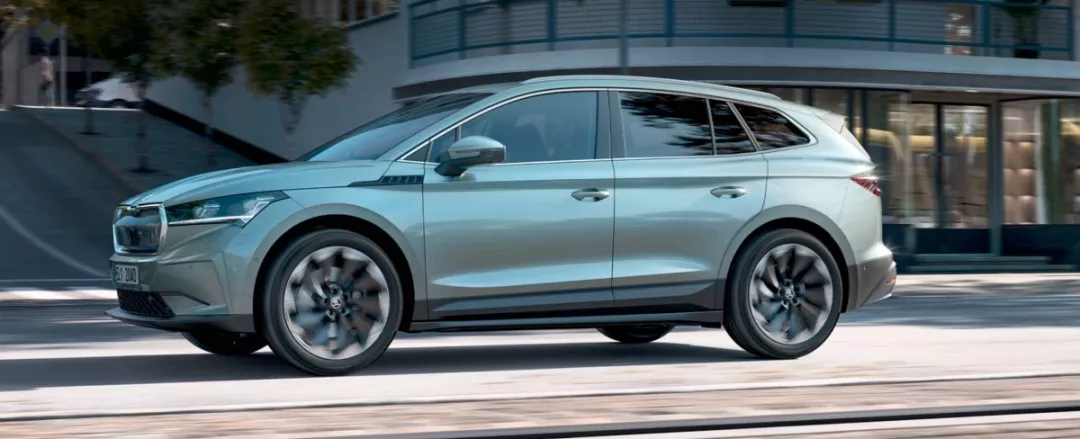
Skoda said that the future daily output of ENYAQ iV could reach 350 vehicles. Skoda has invested 32 million euros to rebuild the factory so that ENYAQ iV can share the same MEB and MQB production line with the non-electric Octavia and Karoq series, with flexible production methods and no conflicts.
Based on Skoda’s daily output, the annual output of ENYAQ iV will reach nearly 130,000 units. Even if we refer to the 2019 global electric vehicle sales rankings, this number can make ENYAQ iV the second best-selling electric vehicle that year. Even now that the competition in the electric vehicle market is becoming more intense, a daily output of 350 vehicles is still not a small number.
Quick comment:
Volkswagen Group has always had a flexible production layout, and the MEB platform is no exception. As Skoda ENYAQ iV and Volkswagen ID.4 are products of the same-level MEB platform, I think there is a high possibility that Skoda ENYAQ iV will be introduced for domestic production. If Skoda ENYAQ iV is priced lower than Volkswagen ID.4, who would you choose?
This article is a translation by ChatGPT of a Chinese report from 42HOW. If you have any questions about it, please email bd@42how.com.
